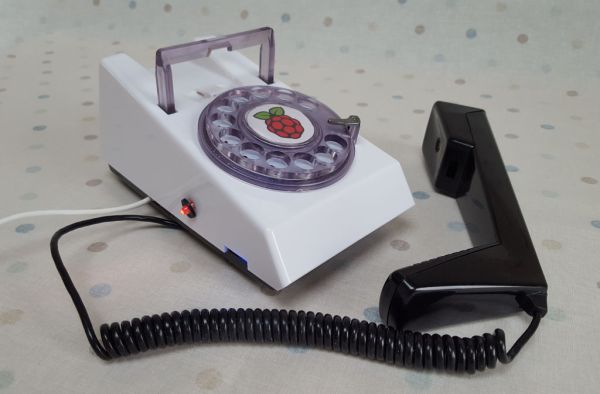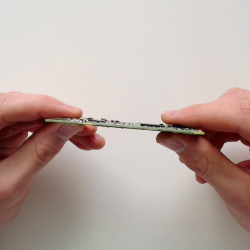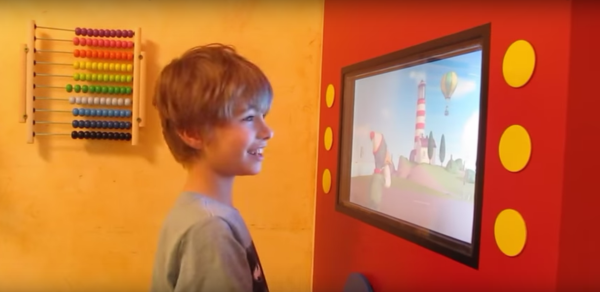[MisterM] is a man after our own heart. He loves to combine the aesthetic of vintage equipment with the utility of new technologies. His latest venture is AlexaPhone, which marries the nearly instantaneous retrieval and computation power of Amazon’s Alexa voice service with the look and feel of a 1970s rotary phone. Best of all, there’s no need to spin the dial and wait for it to go whirring back around. AlexaPhone is ready to take questions as soon as the handset is lifted.
Questions are transmitted through a salvaged USB VOIP phone plugged into the Pi. The user must hang up the receiver in order to trigger the search. Once Alexa has an answer, the audio comes back through a small external amplified speaker with a USB-rechargeable battery. Since the hardware is a bit atypical for Alexa, [MisterM] had a bit of trouble at first trying to query the service with a physical button until he came across this AlexaPi code.
This phone is actually a reproduction of a classic BT Trimphone, which explains the asterisk and octothorpe on the dial. The modern internals meant that [MisterM] could take advantage of the ribbon cable coming off of the receiver hook to trigger the Pi to send the query. Watch [MisterM]’s kids put Alexa through her paces after the break.
If this has you feeling nostalgic, check out this vintage Chromecast TV we covered recently or this old Russian radio reborn as a Bluetooth speaker.























